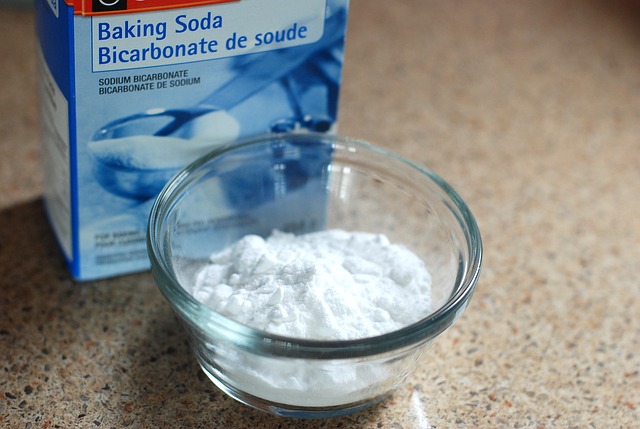10 minutes maximum! Can you do it in 5? |
|||||||||||||||||
| 1. Lead(II)iodide is produced in a precipitation reaction: | |||||||||||||||||
Pb(NO3)2 (aq) + 2KI (aq) → PbI2 (s) + 2KNO3 (aq) The amount, in moles, of each reactant needed to produce 0.30 moles of lead(II)iodide is: |
|||||||||||||||||
| |||||||||||||||||
| 2. Powdered calcium carbonate reacts vigorously with dilute hydrochloric acid in the following reaction:
CaCO3 + 2HCl → CaCl2 + H2O + CO2 The maximum mass of carbon dioxide which could be produced from 0.2 moles of calcium carbonate is: |
|||||||||||||||||
| |||||||||||||||||
| 3. Iron reacts with excess sulfuric acid to give iron(II)sulfate.
The equation for the reaction is: Fe + H2SO4 → FeSO4 + H2 What mass of iron is needed to produce 7.6 g of iron(II)sulfate? |
|||||||||||||||||
| |||||||||||||||||
| 4. Magnesium burns in oxygen forming magnesium oxide.
The equation for the reaction is: 2Mg + O2 → 2MgO |
|||||||||||||||||
The maximum mass of magnesium oxide formed from 2.4 g of magnesium is ...
| |||||||||||||||||
| Q5+6. Iron is obtained by reducing iron(III)oxide in a blast furnace using the gas carbon monoxide as the reducing agent. The equation for reaction is: |
 Chris Allen CC-BY-SA 2.0 |
||||||||||||||||
Fe2O3 (s) + 3CO (g) → 2Fe (s) + 3CO2 (g) |
|||||||||||||||||
5. The formula mass of iron(III) oxide and the number of moles of iron(III)oxide in 320kg is ...
| |||||||||||||||||
6. The mass of iron obtained from 320 kg of iron(III) oxide is ...
|
|||||||||||||||||
7. In an experiment 0.096g of magnesium is combined with 0.006 moles of hydrochloric acid and the following reaction takes place: Mg + 2HCl → MgCl2 + H2 The number of moles of magnesium used and the reagent in excess is: |
|||||||||||||||||
| |||||||||||||||||
| 8. 7.8g of metal X reacted with 0.05 moles of oxygen gas in the following reaction:
4 X + O2 → 2 X2O. Determine the number of moles of metal X which reacted and the relative atomic mass of metal X. |
|||||||||||||||||
| |||||||||||||||||
| 9. Glucose is fermented to produce ethanol and carbon dioxide:
C6H12O6 → 2C2H5OH + 2CO2 90g of glucose was fermented. Calculate the number of moles of glucose fermented and the amount, in moles, of ethanol produced. |
|||||||||||||||||
| |||||||||||||||||
10. A 3.36g sample of sodium hydrogen carbonate, NaHCO3, was heated until it decomposed fully. 2.12g of sodium carbonate, Na2CO3, was produced. What is the simplest whole number ratio, in moles, of sodium hydrogen carbonate decomposed to sodium carbonate formed? [Mr of NaHCO3 is 84; Mr of Na2CO3 is 106] |
 |
||||||||||||||||
| |||||||||||||||||